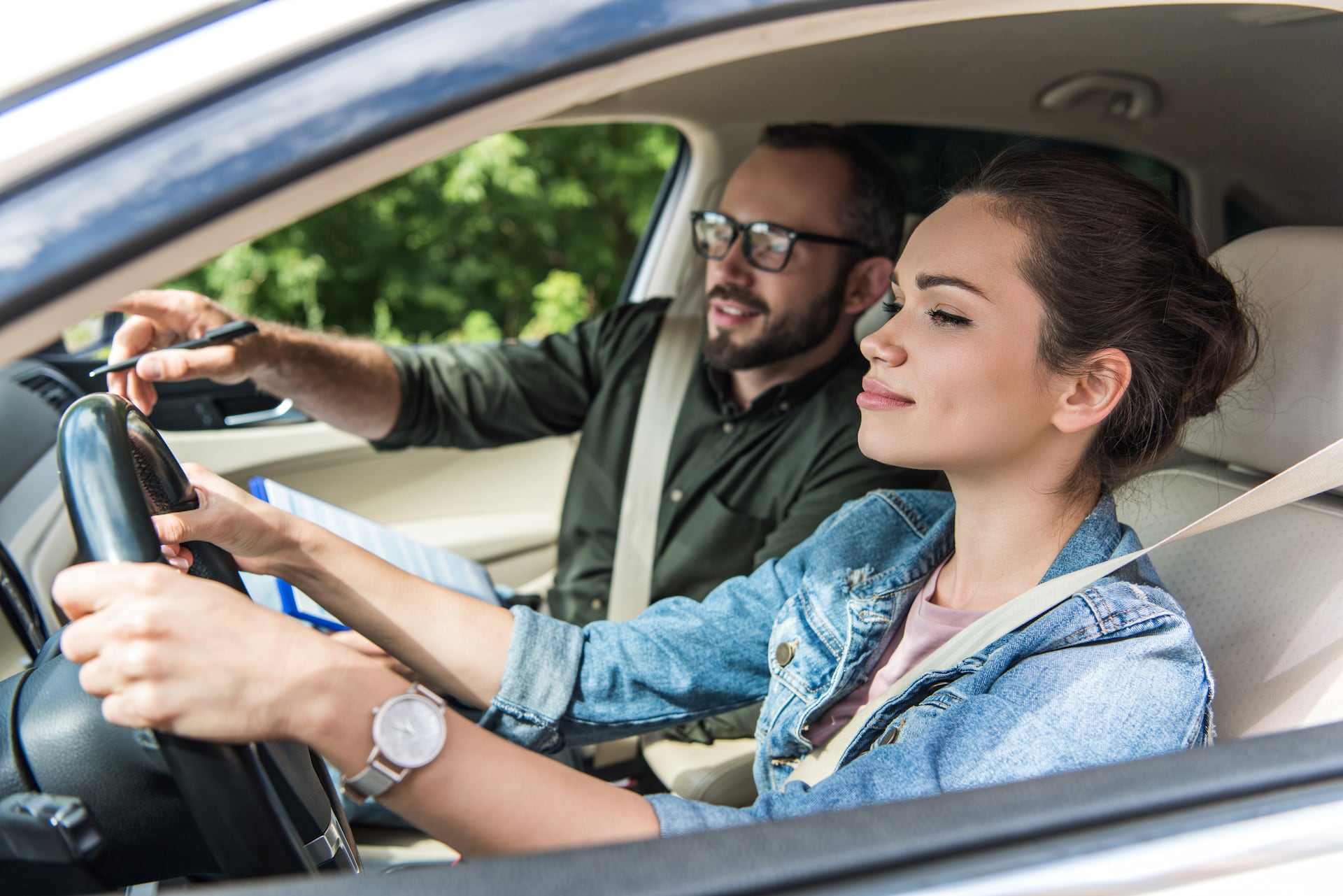Automatic Driving Lessons: The Key to Mastering the Road

Gaining the ability to drive is a big step toward independence and freedom. The option to go with an automatic or manual transmission has a significant impact on the learning process for many prospective drivers. Due to its simplicity and convenience of use, automatic driving classes like Automatic Driving Lessons Luton have grown in popularity and are now a popular choice for students of all ages. We’ll go over the benefits of automated driving lessons, the process of learning, and how they help to produce competent and self-assured drivers in this in-depth article.
The Spread of Automated Driving Instruction:
The demand for automatic driving lessons has increased in tandem with the rise in the popularity of cars with automatic transmissions in recent years. Because there is no need for manual gear shifting with the automated option, learning is easier and less daunting, especially for people who might find manual driving difficult or overwhelming.
Automatic Driving Lessons’ benefits
A Simplified Learning Curve:
A major benefit of automated driving instruction is its streamlined learning curve. The complexities of clutch control and manual gear shifting can be left behind, freeing trainees to concentrate more on developing fundamental driving abilities like steering, braking, and awareness of traffic laws.
Decreased Stress and Anxiety:
Learning to drive manually can be stressful for some people, particularly when there are complicated traffic patterns or steep terrain to navigate. With automatic transmissions, trainees may drive in a variety of settings with less stress and worry because they don’t have to constantly shift gears.
Fast Mastery:
Compared to learning to drive a manual transmission, driving an automatic car usually takes less time. Because there is no clutch or gear stick, driving is made simpler, which helps novices become more confident and proficient faster.

Perfect for Busy Urban Driving:
Intensive Driving Course Milton Keynes is great in stop-and-go traffic, which makes cities with a lot of traffic congestion a great place to use them. Automatic driving lessons can be less stressful and more useful for learners in crowded cities because the car’s transmission adapts to the flow of traffic smoothly.
The Process of Learning
Basic Vehicle Familiarization:
Automatic driving instruction usually starts with a basic explanation of the controls of the car. In order to drive safely and comfortably, learners must grow accustomed to the accelerator, brake, steering wheel, and other key components.
Starting and Stopping:
Learners concentrate on starting and stopping the car because there is no clutch to engage. In order to help pupils get a sense of how responsive the car is, instructors lead them through the correct usage of the accelerator and brake pedals.
Straight-Line Driving:
As automatic driving lessons advance, students can practice straight-line driving, which gives them the chance to work on steering control, maintaining a steady speed, and lane placement. This stage aids in the development of basic driving abilities.
Turning and Crosswalk Maneuvrability:
As students acquire self-assurance, they proceed to turn and manoeuvre through crosswalks. Teachers stress the value of checking blind areas, signaling, and navigating different kinds of junctions safely.
Parking Techniques:
Parallel, perpendicular, and angle parking are among the parking techniques covered in automatic driving classes. Teachers walk students through the procedures needed to park a car properly in various situations.
Principles of Defensive Driving:
Predictive driving, keeping a safe following distance, and being mindful of other road users are some of the defensive driving techniques that are emphasised in automatic driving courses. These abilities help to develop responsible and cautious drivers.
Manoeuvrability tasks:
Learners can practise certain manoeuvrability tasks, such three-point turns, U-turns, and lane changes, to improve their general driving proficiency. These drills support the development of driving confidence in a variety of scenarios.
Simulated Scenarios:
To expose students to a variety of driving settings, such as inclement weather, driving at night, and intricate traffic patterns, some automated driving courses use simulated scenarios. Simulated encounters help drivers become more versatile and adaptive.
Moving from Automatic to Independent Driving
Learners go from automatic to independent driving after finishing their automatic driving courses. During this phase, driving techniques are practiced in actual driving scenarios without the direct supervision of an instructor. In addition to using the knowledge they acquired in training, learners gain experience and continue to hone their driving skills.
